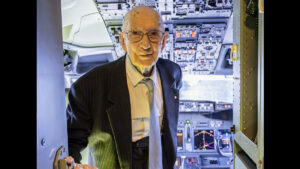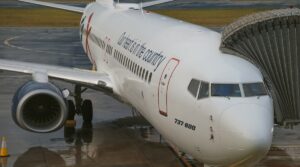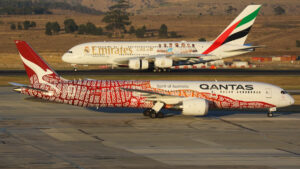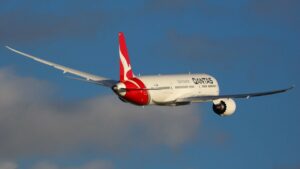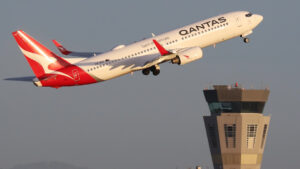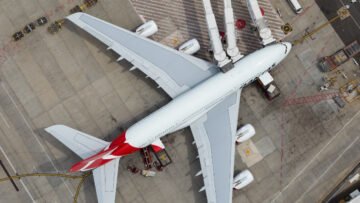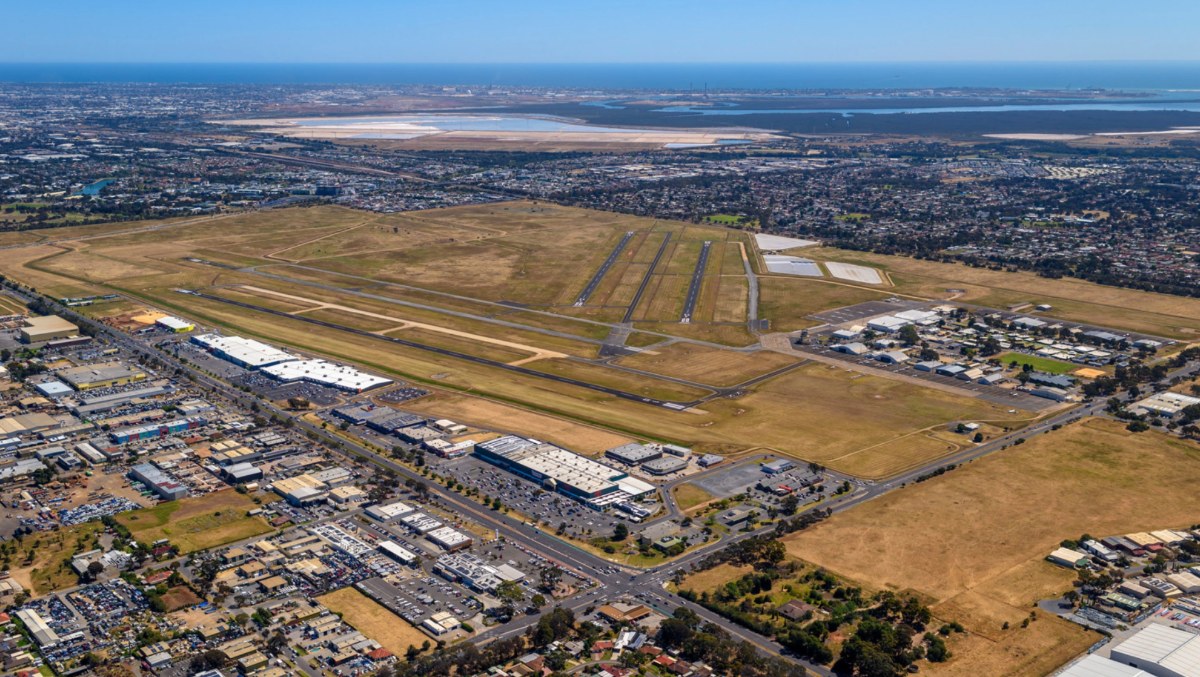
Adelaide’s Parafield Airport has released its 2024 Preliminary Draft Master Plan (PDMP) for the next 20 years of development.
Parafield, which was Adelaide’s first airport and is now the main general aviation aerodrome for the city, expects to expand its airfield infrastructure, as well as continue industrial and commercial development, in the first eight years of the plan to 2031.
The draft document says the expansion aims to “improve efficiency, working to a staged program of development”.
“Areas to the west of the existing apron area will be retained for further aircraft parking and provision of additional aviation related support industries, such as hangars,” it reads.
Additionally, while current helicopter facilities have “sufficient theoretical capacity to meet future demand”, with helicopter operations accounting for around five per cent of total movements, Parafield is contemplating relocating them to boost efficiency.
“The preference for operations from Helipad West, limitations for operations from Helipad East and constraints with runway operations have led to consideration of alternative locations for helicopter facilities which allow for more efficient operations and to optimise existing infrastructure,” the plan says.
“The relocation of helicopter facilities will require consideration of airfield design standards, the impacts on other aircraft operations and potential aircraft noise exposure.”
Parafield also expects to continue commercial development in its Business and Commercial Precincts, and begin industrial and commercial development in its Enterprise Precinct.
According to Parafield Airport Executive General Manager Tom Ganley, who replaced Sue Trussell last year, the airport plays an “essential role” in the economy of northern Adelaide.
“Since 2016, total employment (direct and indirect) as a result of airport activities has increased by 5 per cent to 2,570 jobs. By 2043 it is forecast to reach 6,878 jobs,” he said.
“Our economic contribution to the State since the previous Master Plan has increased by $92m (35 per cent) to $354.8m. By 2043 we forecast our contribution to increase to $740 million.
“Being one of the most significant business, training and employment precincts in the northern suburbs, Parafield Airport is a major economic generator and takes a strong leadership role in the community.”
According to Ganley, forecasts for aircraft movements to 2023 have not significantly changed since the previous Master Plan in 2017.
“Parafield Airport’s proximity to the surrounding suburbs means that careful planning and consultation is required to ensure that the aviation considerations of the airport are protected, while also ensuring that operational requirements are balanced with the community’s needs,” he said.
“We will continue to look at ways to minimise the impact of aircraft noise on local communities by working with the training schools, Airservices Australia and local councils, while always having regard to the safety of flying operations.”
- SEO Powered Content & PR Distribution. Get Amplified Today.
- PlatoData.Network Vertical Generative Ai. Empower Yourself. Access Here.
- PlatoAiStream. Web3 Intelligence. Knowledge Amplified. Access Here.
- PlatoESG. Carbon, CleanTech, Energy, Environment, Solar, Waste Management. Access Here.
- PlatoHealth. Biotech and Clinical Trials Intelligence. Access Here.
- Source: https://australianaviation.com.au/2024/01/parafield-airport-aims-to-boost-airfield-efficiency-over-next-8-years/
- :has
- :is
- :not
- 1
- 20
- 20 years
- 2016
- 2017
- 2023
- 2024
- 2031
- 35%
- 8
- a
- Accounting
- activities
- Additional
- aims
- aircraft
- airport
- allow
- also
- alternative
- always
- an
- and
- ARE
- AREA
- around
- AS
- At
- Australia
- Australian
- aviation
- Balanced
- BE
- begin
- BEST
- boost
- business
- by
- Capacity
- careful
- cent
- changed
- City
- COM
- commercial
- Communities
- community
- consideration
- considerations
- constraints
- consultation
- continue
- contribution
- Current
- Design
- Development
- direct
- draft
- East
- Economic
- economy
- efficiency
- efficient
- employment
- ensure
- ensuring
- Enterprise
- executive
- existing
- Expand
- expansion
- expects
- Exposure
- facilities
- First
- five
- flying
- For
- Forecast
- forecasts
- from
- further
- future
- General
- generator
- Have
- having
- he
- helicopter
- HTTPS
- image
- Impact
- Impacts
- in
- Increase
- increased
- industrial
- industries
- Infrastructure
- IT
- ITS
- Jobs
- Last
- Last Year
- Leadership
- Led
- limitations
- local
- locations
- Look
- Main
- major
- manager
- master
- max-width
- means
- Meet
- million
- minimise
- more
- more efficient
- most
- movements
- needs
- next
- Noise
- now
- of
- on
- ONE
- operational
- Operations
- optimise
- Other
- our
- over
- parking
- per
- plan
- planning
- plato
- Plato Data Intelligence
- PlatoData
- plays
- potential
- preliminary
- previous
- Program
- protected
- provision
- reach
- regard
- related
- released
- require
- required
- Requirements
- result
- retained
- Role
- runway
- Safety
- Said
- says
- Schools
- significant
- significantly
- since
- standards
- State
- strong
- such
- sue
- support
- Surrounding
- takes
- that
- The
- The State
- The West
- Them
- theoretical
- to
- tom
- Total
- Training
- was
- ways
- we
- WELL
- West
- which
- while
- WHO
- will
- with
- working
- year
- years
- zephyrnet

